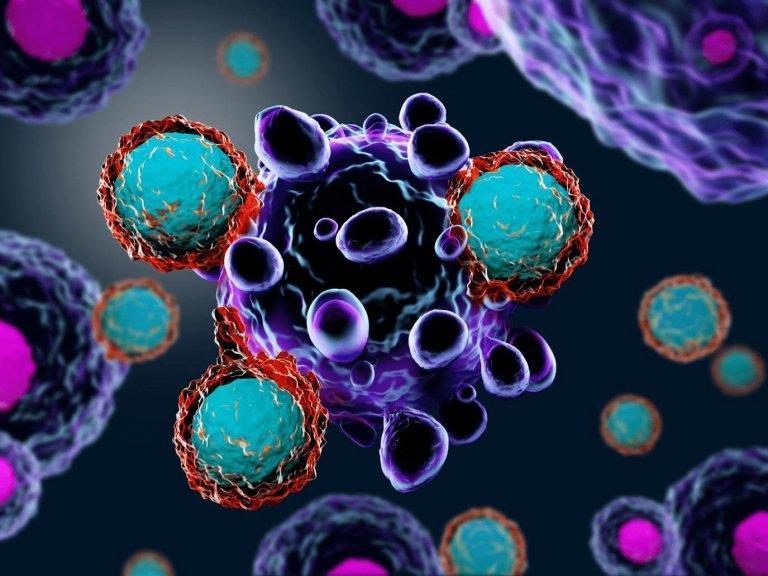

Cancer treatments may be through chemotherapy, immunotherapy, hormone, and radiation therapy. The fluid biopsy is a non-invasive technique. The method uses blood samples and extracts the cancer cells. The fluid biopsy is the milestone in oncology which is commercially available in the market in recent years. An intelligent surgical knife is used recently. This tool makes incision possible with minimum blood loss. Here via spectrometer, the chemicals in the biological samples are detected in vaporized smoke. Real-time detection of malignant tissue is made possible with this technology. Real-time PCRs are used to determine gene duplications and deletions.
Targeted therapies use drugs to target specific genes or proteins. This therapy targets the tissue environment that is involved in the growth and survival of the cancer cells. Immunotherapy sensitizes the immune system of the individual, thereby improvising the immune system to fight back. Understanding the genetic makeup of the cancer cells is a must to customize the drug for the cancer cells. Molecular cancer diagnostics take up the DNA from the patient’s tumor and sequences it. Further matches the drugs to the key mutation and initiates clinical trials in case of non-availability of drugs for key mutation.
Therapies are also designed based on artificial intelligence. AI algorithms can be used to study the entire DNA sequencing and prescribing drugs. The task has become easier with the advent of supercomputers. For treating the brain tumors the neurosurgeons go with magnetic resonance imaging. Delivering potential treatment via gene therapy is possible using MRI. In silico treatments are costlier and costs billions for every treatment that is approved. In silico trials use organs on-chip technique. This enables the trial of thousands of drugs on virtual physiological models. This technique makes drug discovery faster.
Most of the treatments destroy the healthy cells along with the cancerous cells in the process of cancer treatment. DNA cages are the solution to this. Cancer cells the DNA cage to open and the drug will be delivered only at the cancer site destroying the cancerous cells and hence the healthy cells remain intact. Precision surgery is taking over the OT through surgical robots. Operating the tumors which are at the close vicinity of sensitive organs is easier with the surgical robots. Cancer care is also much important along with diagnosis and treatment. Sensors can be used to detect body temperature. Digestible pill cams can perform the routine.